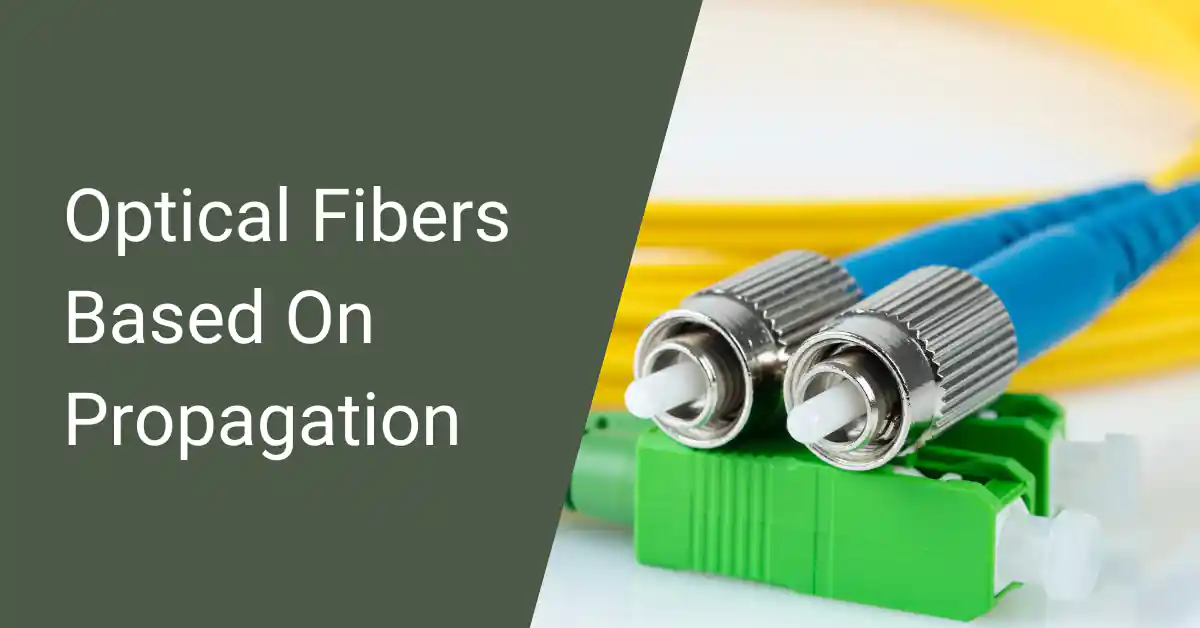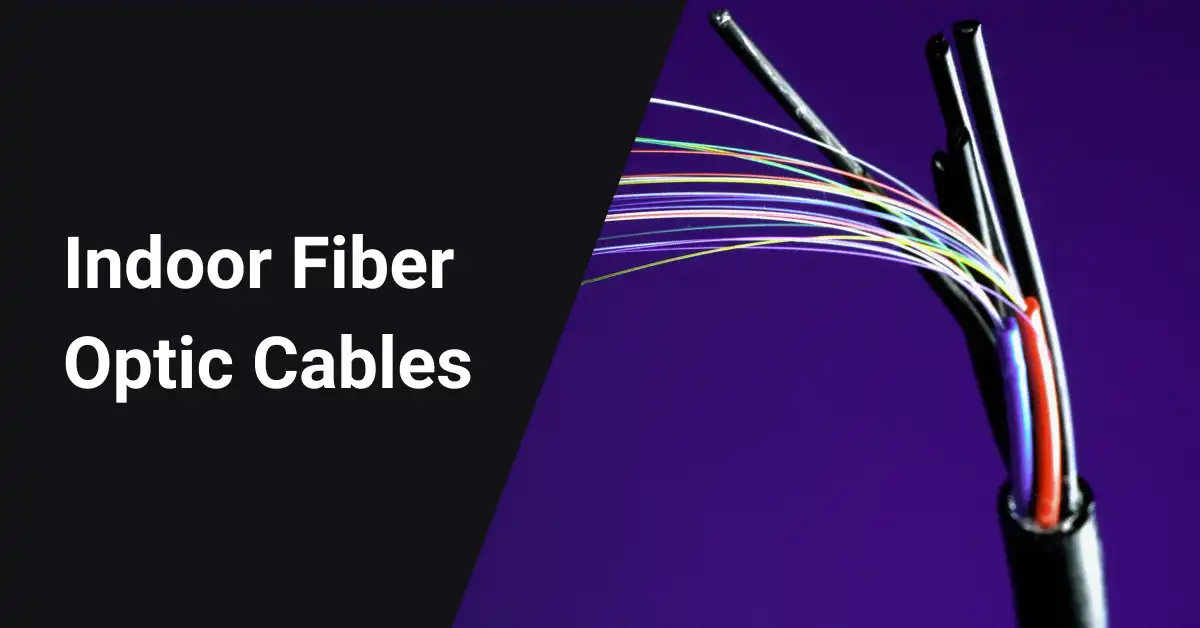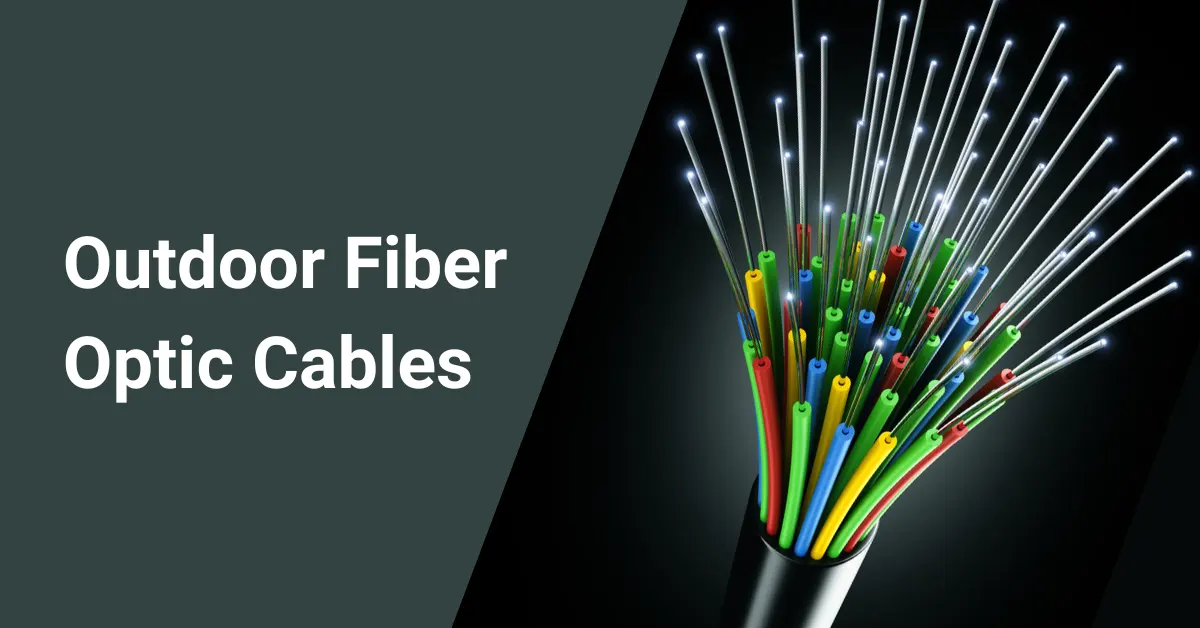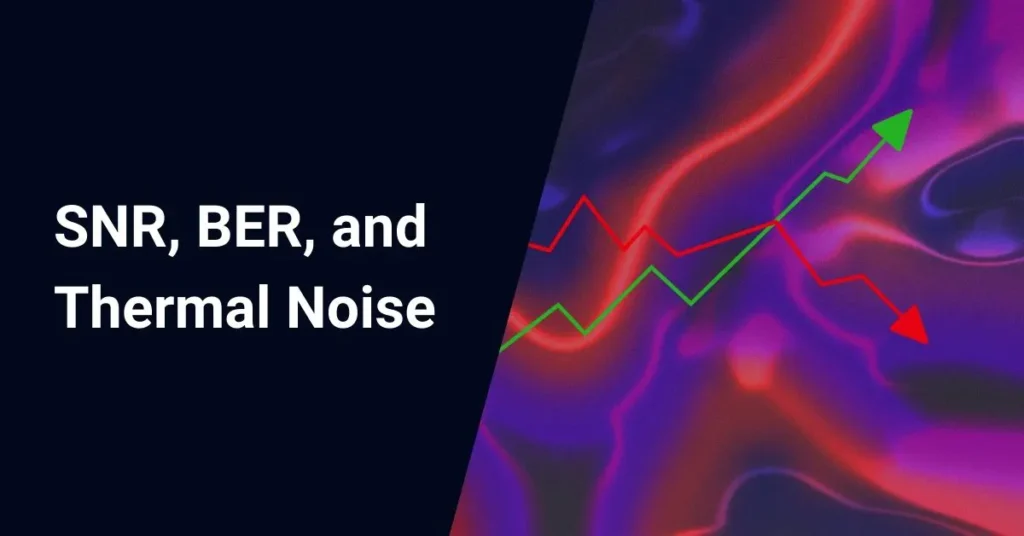Optical fiber classification based on propagation mode is the basic one among all the optical fiber classifications. There are two types of optical fibers according to propagation mode.
- Single-mode optical fiber (SMF)
- Multimode optical fiber (MMF)
Mode is defined as a single electromagnetic field pattern that travels in optical fiber. It is a simple path that light rays travel through an optical fiber.
Table of Contents
The way of light propagation in single-mode fiber and multimode fiber is different. Here, you can see the propagation of light in single mode and multimode.

Single-mode optical fiber (SMF)
Single-mode optical fiber is a very thin fiber, and its core diameter is generally 5 to 10 μm. The standard core diameter of single-mode fiber is 9 μm, and the standard cladding diameter is 125 μm. These fibers are designed to support only one propagation mode or path for light to travel through the fiber.
Modal dispersion is minimal in single-mode fibers since they can transmit only one light mode. Single-mode fibers are mainly used for long-distance communication systems. They have minimal model dispersion and can transmit data over long distances without requiring repeaters.
Types of single-mode optical fibers
Standard single-mode fiber (SMF)
This is the most common type of single-mode fiber optic cable and is used for long-distance communication, such as in telecommunications or cable television networks. It has a small core diameter (usually around 8 to 10 µm) and can transmit signals over distances of up to 100 kilometers.
Non-zero dispersion shifted fiber (NZDSF)
This type of single-mode fiber optic cable is designed to reduce dispersion, which is a phenomenon that causes signal degradation over long distances. It is typically used in high-speed data transmission systems. It also can transmit signals over distances of up to several hundred kilometers.
Dispersion-flattened fiber (DFF)
This type of single-mode fiber optic cable is also designed to reduce dispersion, but it uses a different method to achieve this goal. It is typically used in long-haul communication systems and can transmit signals up to several hundred kilometers.
Dispersion-compensating fiber (DCF)
This type of single-mode fiber optic cable is used to compensate for dispersion in other types of fiber optic cables. It is typically used in conjunction with other types of fiber optic cables to create a system that can transmit signals over longer distances.
Large effective area fiber (LEAF)
This single-mode fiber optic cable type has a larger core diameter than standard single-mode fiber. This large core allows it to transmit signals over long distances with less signal loss. It is typically used in high-power transmission systems and can transmit signals over several hundred kilometers.
Multimode optical fiber (MMF)
Multimode optical fiber is a type of fiber optic cable that is designed to transmit multiple modes, or paths, of light at the same time. It is typically used for short-distance communication, such as in local area networks (LANs) or within buildings.
One of the main characteristics of multimode optical fiber is its large core diameter, which ranges from 50 to 100 μm. The larger core diameter allows for multiple modes of light to be transmitted simultaneously, increasing the fiber’s capacity for transmitting data. However, the larger core diameter also means that the signal degrades more quickly over distance. So, multimode optical fiber is generally limited to distances of a few kilometers or less.
Multimode optical fiber is made of a thin glass or plastic core surrounded by a cladding layer, which reflects the light back into the core to keep it propagating in the right direction. It is typically used with LED or VCSEL (vertical cavity surface emitting laser) transmitters. These light sources produce a relatively low-power, broad-spectrum light that can be transmitted over the fiber.
Multimode optical fiber is a cost-effective and reliable solution for short-distance communication needs. It is widely used in a variety of applications, including Ethernet networks, fiber channel systems, and broadband networks.
Types of Multimode Optical Fibers
Multimode fibers are classified according to the latest recommendations of the International Telecommunications Union (ITU) as OM1, OM2, OM3, or OM4 fibers. This classification depends on the core diameter and bandwidth of the fiber.
OM1 fibers
These fibers have a core diameter of 50 micrometers and are designed for use in short-distance communication systems, such as those used in local area networks (LANs). They have relatively low bandwidth, or the range of frequencies that a communication system can transmit, and are suitable for use with low-speed data transmission systems.
OM2 fibers
These fibers have a core diameter of 50 micrometers and are also designed for use in short-distance communication systems, such as those used in local area networks (LANs). They have a higher bandwidth than OM1 fibers and are suitable for high-speed data transmission systems.
OM3 fibers
These fibers have a larger core diameter of 50 micrometers and are designed for use in high-speed communication systems. They have high bandwidth and are often used in conjunction with wavelength division multiplexing (WDM) technology to increase the capacity of a communication system.
OM4 fibers
These fibers are similar to OM3 fibers but have an even larger core diameter of 50 micrometers and an even higher bandwidth. They are also used in high-speed communication systems and often in conjunction with WDM technology.
You should note that these are the main types of multimode fibers and that there may be other types of multimode fibers available depending on the specific application and requirements of a communication system.
Summary
Fiber mode type divides optical fiber primarily into single-mode and multimode varieties. Single-mode fibers support sole propagation paths through their tiny cores, minimizing modal dispersion over long hauls.
Standard single-mode design transmits up to 100km, while nonzero dispersion shifted, dispersion-flattened, and dispersion-compensating varieties optimize performance overamplified distances. Large effective area fibers transport signals further through lowered attenuation.
Alternatively, multimode fiber scatters illumination across divergent core trajectories, restricting reaches to kilometers. Yet their cost-effective broader cores suit local networking through larger throughput.
International Telecommunication Union specifications classify multimode fibers by core diameter and bandwidth into OM1-OM4 tiers for low to extremely high-speed short-hop connectivity.
Single versus multimode selection considerations center on transmission length versus data volume needs. Single-mode fibers prioritize dispersion management for extended solitary transmission, while multimode prioritizes bandwidth density for compact bundled conveyance. Proper matching to stipulations maximizes feasible solutions.
FAQ
How many types of optical fiber are there on the basis of mode?
There are only two types of optical fiber based on mode. They are single-mode optical fiber and multimode optical fiber.
What are the two types of multimode fiber?
The two types of multimode fibers are step-index multimode fiber and graded-index multimode fiber.
Which is faster single mode or multimode?
Single-mode transmission has less attenuation and slower transmission speed. It is suitable for long-distance transmission. Multimode transmission has higher attenuation and faster transmission. It is suitable for short-distance transmission.
How many modes can be propagate in single mode optical fiber?
The single-mode optical fiber (SMF) supports only one mode of light propagation. In contrast, multimode fiber (MMF) supports multiple modes of light propagation, and the number of modes supported by a multimode fiber can range from a few to tens of thousands.
How can you tell if a fiber is single mode or multimode?
The easiest way to tell if a fiber is a single mode or multimode is to look at the diameter of the core. Single-mode fiber has a very thin core, typically between 5 and 10 micrometers in diameter, while multimode fiber has a larger core, typically between 50 and 125 micrometers in diameter.










